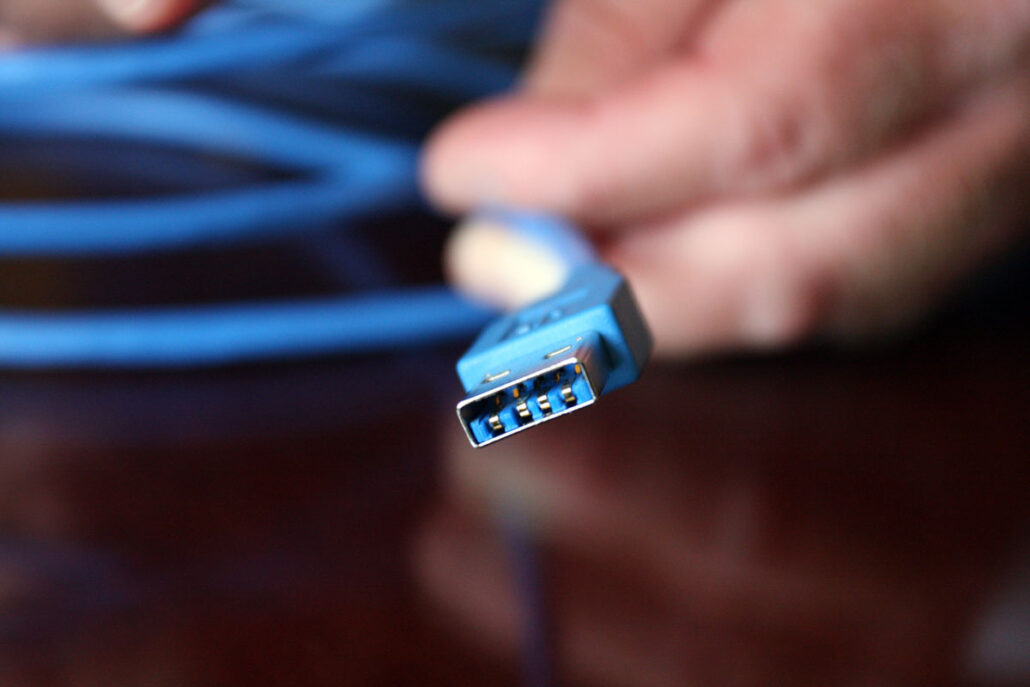News
Introducing the new USB 4.0, already rivaling Thunderbolt 3
USB 3.2 is not yet available, but its replacement has just been announced. Can USB 4.0 really be “the only cable”?
USB 3.2 was announced in July 2017 and was meant to resolve some of the tangle that the cable industry had increasingly found itself in over the past few years. However, the industry itself seemed hell-bent on confusing things, with new nomenclature that seemed to do nothing but confuse.
That’s what he gave us:
- USB 3.2 Gen 1, with data transfer speeds of 5Gbps. This was originally USB 3.0.
- USB 3.2 Gen 2, which increased data transfer speeds to 10Gbps. This was what was once known as USB 3.1.
- And USB 3.2 Gen 2×2, which would use two 10Gbps lines to achieve speeds up to 20Gpbs. This is the 2017 USB 3.2 rebranded.
The USB Implementers Forum, helpfully, produced a list of recommended marketing designations for these cables. And this is just in terms of cabling, connector types is another matter, which will have several different types: USB Type A, MicroUSB and USB-C.
Thus, USB 4.0 emerges to theoretically clear up this whole mess by effectively basing it on Thunderbolt 3. This, according to USB-IF, provides the new format with several key features:
- Two lines using existing USB Type-C cables and up to 40 Gbps over 40 Gbps certified cables.
- Multiple display and data protocols to efficiently share the total available bandwidth.
- Backward compatibility with USB 3.2, USB 2.0 and Thunderbolt 3.
Essentially, this is what Intel promised and is delivering when it said Thunderbolt 3 would be an open standard. Thunderbolt 3 isn’t going away: there is some degree of support Intel gives to manufacturers certified to implement it, but USB4 could become its more ubiquitous sibling.
Branding and marketing guidelines will not be released until after the final specification is known, but one should expect them to be a bit clearer than what they used with USB 3.2.
Based on previous USB releases, we will see USB 4.0 released 18 months after its specification although there is a possibility that the Thunderbolt 3 build could truncate that time period.

